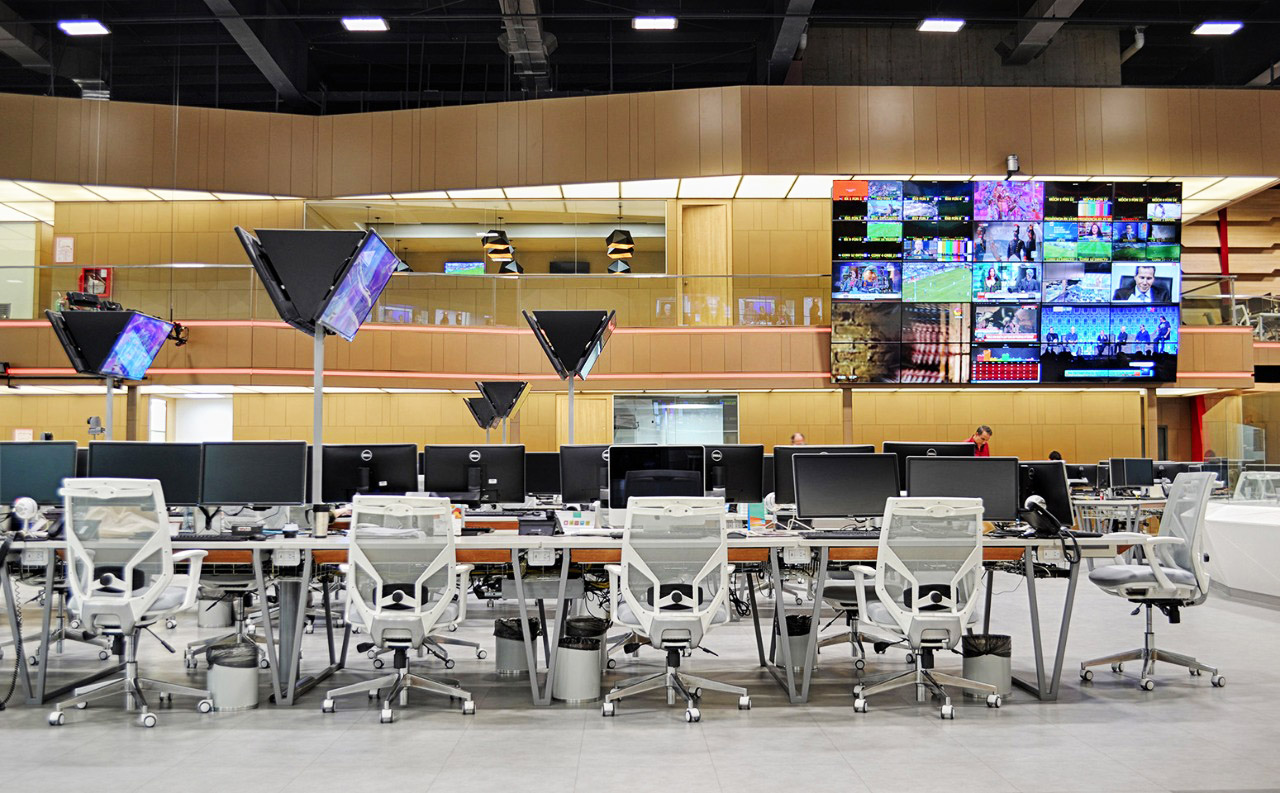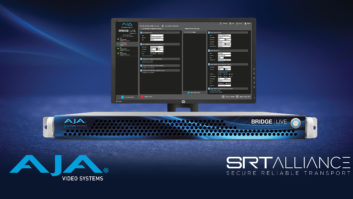
If you were at IBC this year, you may have had pause for thought. Had someone swapped IBC with ISE without telling anyone, and you were actually in Amsterdam a few months too early? That doubt may have crossed your mind because, in many ways, it’s getting increasingly difficult to tell the two shows apart, such is the apparent growing convergence between the broadcast and audiovisual industries.
Take the IP Showcase, which has been running now for a couple of years, and that is designed to show that IP is real, here and now. It wouldn’t have looked out of place at ISE. Over on the Bridge Technologies stand, the company was demonstrating its IP probes – designed to enable those not yet entirely familiar with IP networks to better understand packet behaviour. Guntermann and Drunk were showing off their IP-over-KVM solutions – perhaps destined soon for a control room near you. The focus on the Imagine Communications stand (although ‘stand’ hardly does justice to the company occupying all of Hall 4) was IP migration strategies. And: everywhere, exhibitors and visitors were talking about the cloud, about how best to protect valuable content, about scalability.
The common thread in all this is, of course, IP.
Limited reach and scale
“Until relatively recently, the AV market distributed uncompressed video over a wired infrastructure such as HDMI or HDBaseT,” notes Mike Allan, CTO at Exterity. “However, these technologies had limited reach and scale. Reaching beyond these limits was solved by the use of compression technologies such as H.264 and more recently HEVC, carried over the more flexible IP infrastructure, and therefore capable of reaching every corner of an organisation and onto just about any platform.”
“Recently,” he continues, “HDMI matrix switching and dedicated HDBaseT networks have been increasingly replaced by lightly compressed video streams delivered over IP. Some of the technologies used to enable these lightly compressed video streams – for example, NDI – are also being adopted in some places within the broadcast environment. At the same time, broadcasters have also been moving away from their own distance-limited, switched or routed SDI environment to one of delivery of uncompressed or lightly compressed video over IP.”
“Clearly there is overlap here,” Allan adds. “However, in many cases the standards being used are quite different. So: on the face of it there is convergence, but the detail still mainly keeps these two worlds quite far apart. The question is whether this will remain.”
Bryce Button, director of product marketing at AJA Video Systems also sees similarities – and differences.
“The most important similarity is that there is now a drive to have the same high quality imagery, raster sizes, colour depth and toolsets for the AV market as there has traditionally been in broadcast,” he says. “The remaining difference is that broadcast will always require the least latency possible for as close to real time as possible; AV, to a large degree, can live with a bit more tolerance in terms of latency.”
Jamie Adkin, vice president, sales EMEA at KVM company Adder Technology, develops the theme.
Creation vs. distribution
“The first similarity is that the production quality of content continues to increase – and this quality is now paramount in both environments,” he believes. “The big difference in the two areas is that, while broadcast is more concerned with creating content, the AV market is much more about distributing and interacting with content.”
“Also,” he adds, “the standards within broadcast are much stricter and regulations much tighter. In AV, if a video can be sent from A to B, it doesn’t really matter how this happens. There are standards to ensure compatibility, but these aren’t mandatory.”
For anyone who believes that the two markets are becoming increasingly amorphous, Andy Fliss, who is VP sales and marketing at tvONE, is quick to point out that it’s the differences between the two that are key.
“Yes, the similarities between broadcast and AV are fundamental,” he thinks. “Both mediums share the goal of delivering audio and video to specific audiences at a quality level that meets or exceeds their expectations.”
“The differences, though, are much more striking,” he goes on, echoing Button’s point. “Latency is the most challenging difference. In most commercial AV applications there’s a tolerance for some latency, while broadcast cannot accept latency. In AV, resolution is paramount. The desire to show and read fine text and detail is critical, while broadcast deliberately avoids such applications and so doesn’t push hard for signals beyond 1080i/p. Broadcast’s use of Serial Digital Interface is also a departure. AV primarily uses TMDS signal type, which is far less stable than SDI. It is used widely in AV, because consumer markets have lowered the cost of the hardware.”







